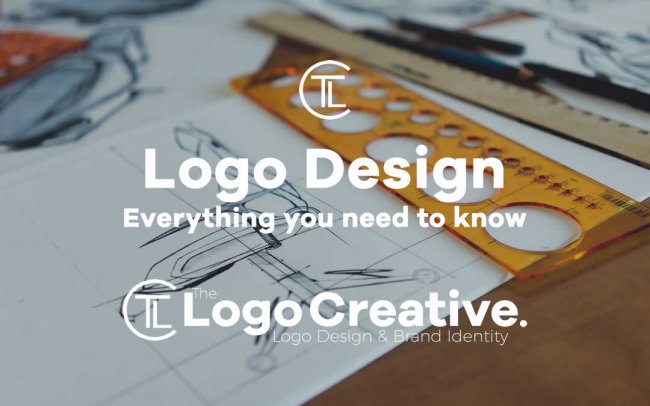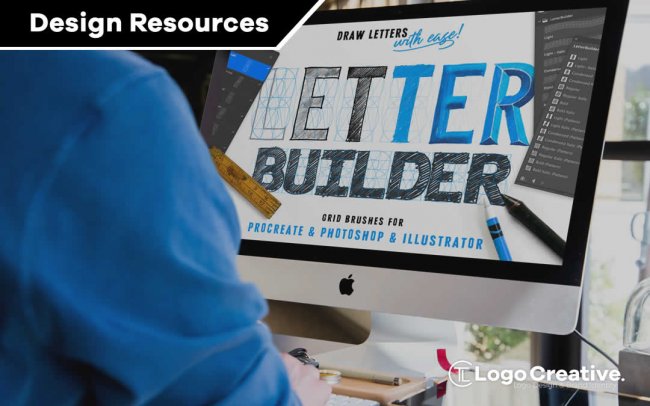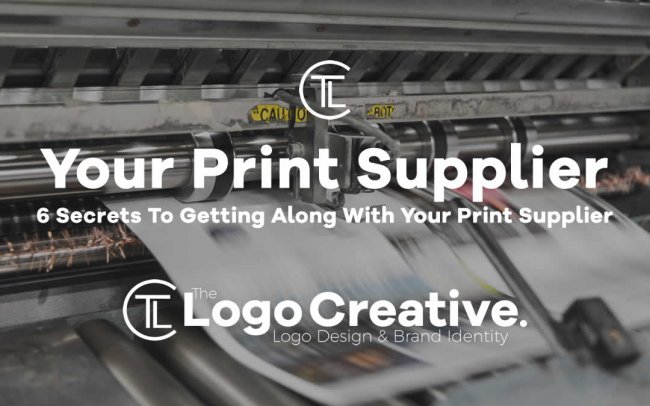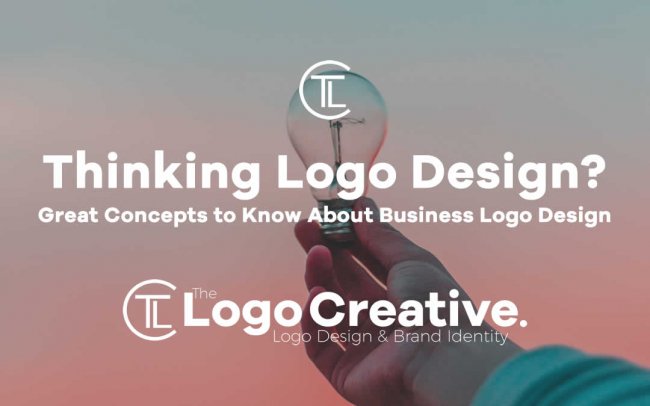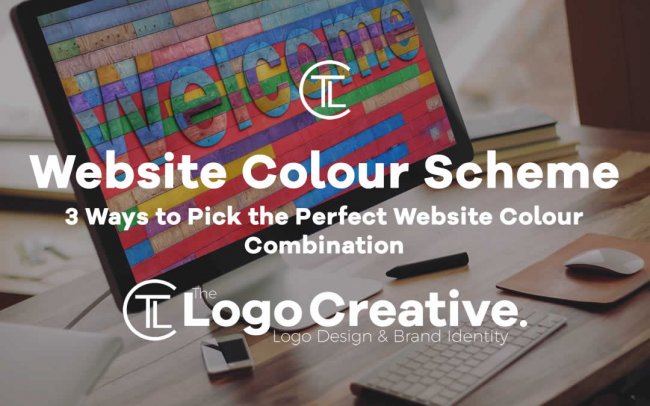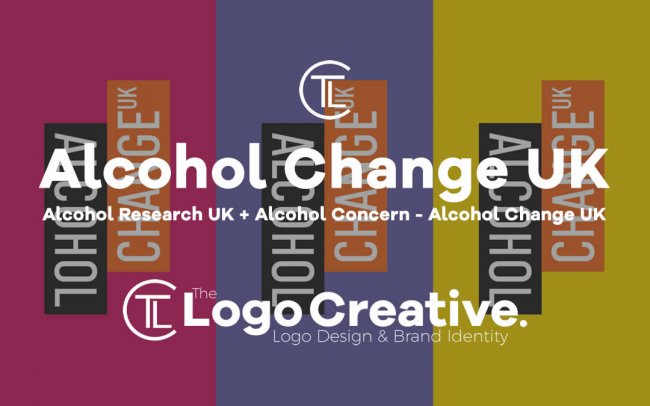Whether you’re designing a logo, a poster, or any piece of branding or marketing collateral, your work will eventually end up somewhere. That means your work will be going to print, which means sometimes, you’re going to need to work with a print supplier.
You won’t always have to deal directly with these firms yourself – this is often not the case if you work as part of an agency, with account managers acting as the go-between. But whether you’re a freelancer or part of a larger organisation if you’re responsible for this task, then building a positive working relationship will be important. Read on as we go through 6 Secrets To Getting Along With Your Print Supplier.
Continue reading

